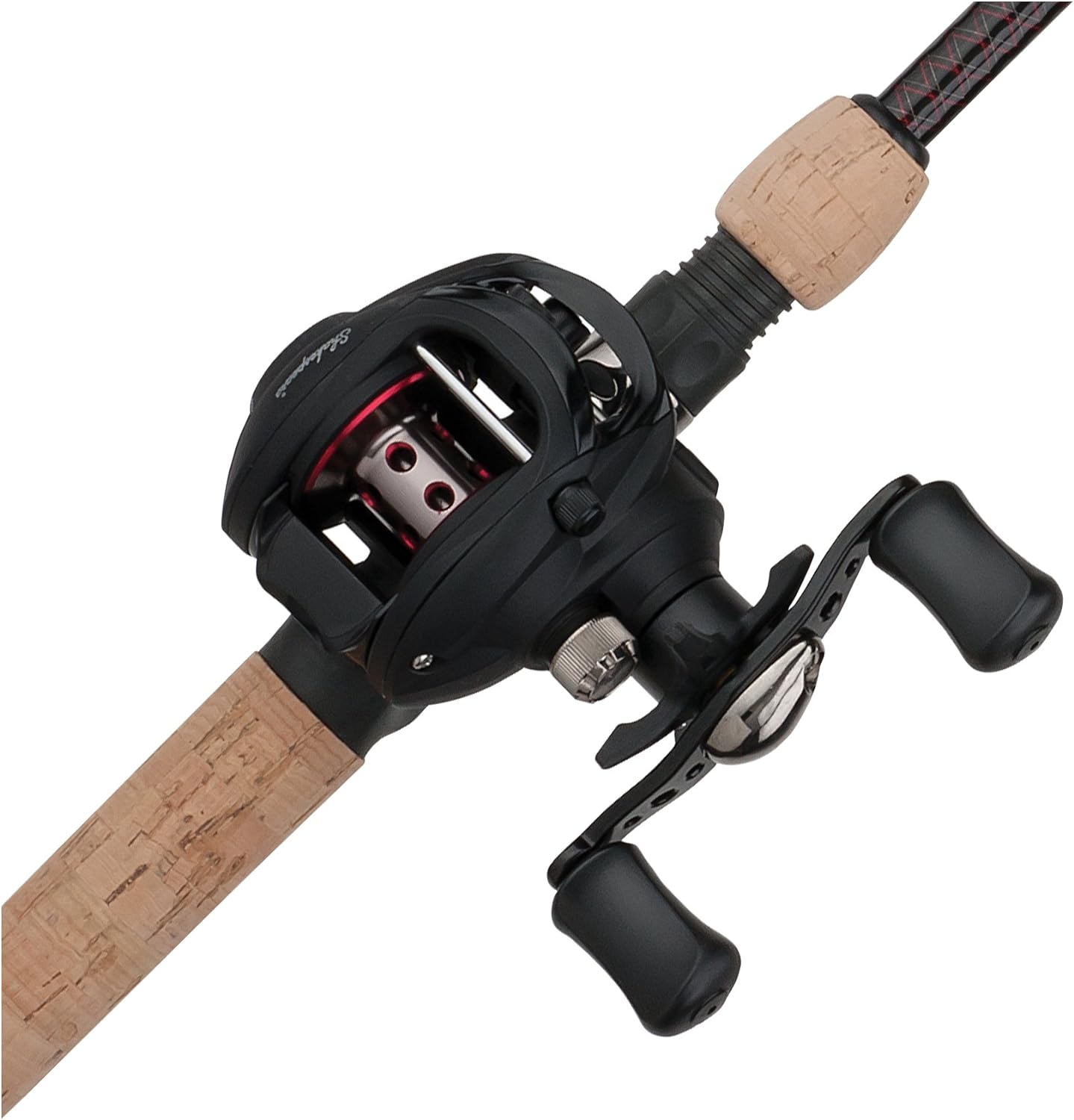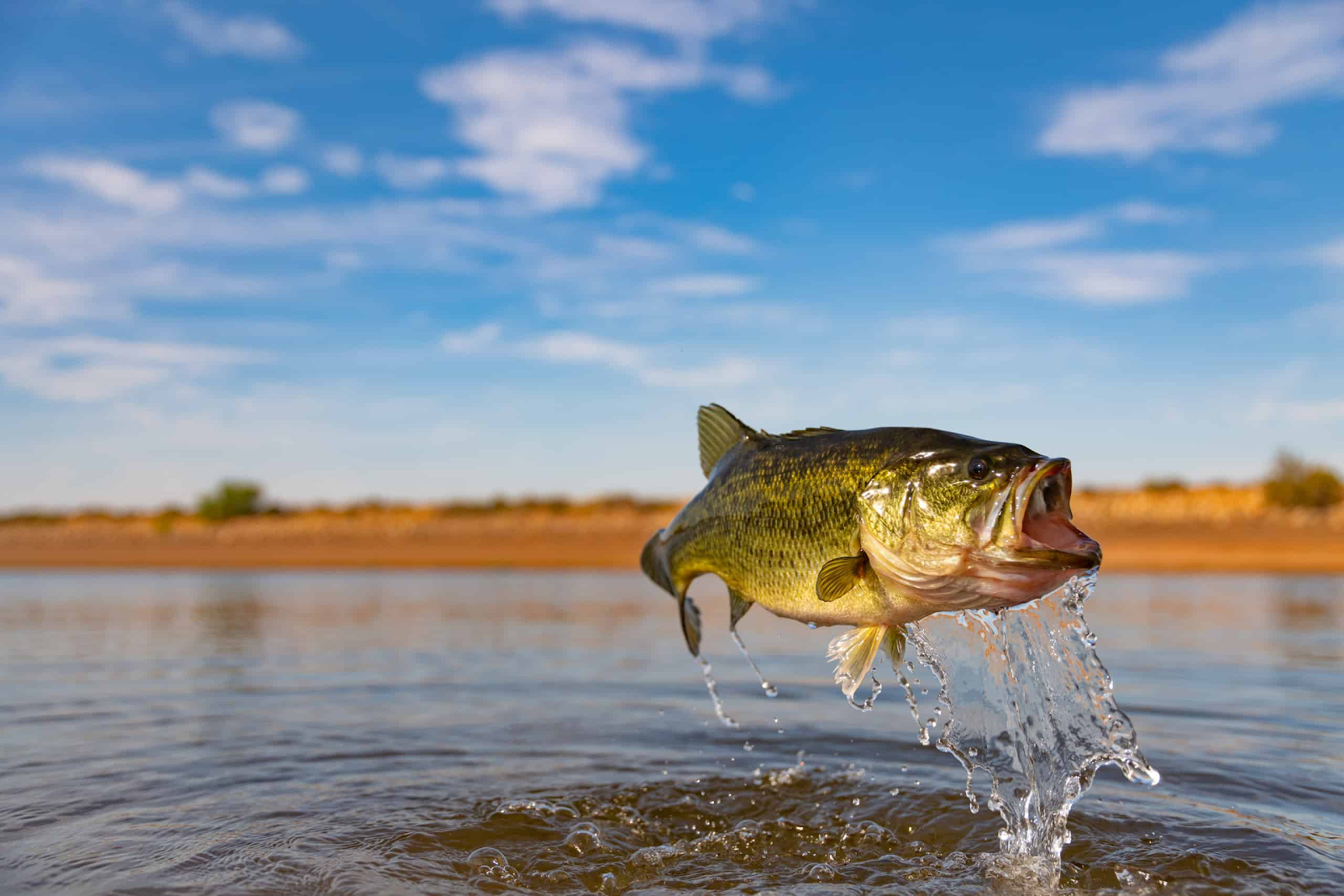Introduction:
The pristine rivers, lakes, and streams crisscrossing the landscape are not just water bodies; they are lifelines of biodiversity, sustaining ecosystems and captivating anglers with the thrill of freshwater fishing. In this blog post, we embark on a journey to explore the critical role of freshwater fishing conservation, understanding the challenges it faces and the measures we can take to protect these invaluable aquatic habitats.
Pictured: Susquehanna River
The Importance of Freshwater Ecosystems:
Freshwater ecosystems are hubs of biodiversity, hosting a wide array of fish species, plants, and other aquatic organisms. These systems contribute to water purification, nutrient cycling, and support terrestrial wildlife. Additionally, they provide recreational opportunities, livelihoods, and serve as sources of drinking water for communities around the world.
Challenges Threatening Freshwater Fish:
- Habitat Degradation: Urbanization, agriculture, and dam construction can alter or destroy critical fish habitats, disrupting breeding, feeding, and migration patterns.
- Pollution: Runoff from agricultural fields, industrial discharges, and improper waste disposal contribute to water pollution, negatively impacting fish health and water quality.
- Over-Exploitation: Unregulated fishing, often driven by commercial interests, can lead to overfishing and the decline of important fish species.
- Invasive Species: The introduction of non-native species can outcompete or prey on native fish, altering the balance of freshwater ecosystems.
Conservation Strategies for Freshwater Fishing:
- Habitat Restoration: Engaging in projects that restore and protect critical freshwater habitats, such as wetlands and riparian zones, helps maintain the health of fish populations.
- Sustainable Fishing Practices: Implementing and promoting catch-and-release practices, size limits, and fishing season regulations ensures the sustainability of fish stocks.
- Community Education: Raising awareness about the importance of freshwater ecosystems and involving local communities in conservation efforts fosters a sense of stewardship.
- Water Quality Protection: Advocating for and implementing measures to reduce pollution from agricultural runoff, industrial discharges, and other sources is crucial for maintaining freshwater quality.
- Fish Passage Enhancement: Installing fish-friendly infrastructure such as fish ladders and removing barriers aids in the migration of fish, supporting their natural behaviors.
Technology's Role in Freshwater Conservation:
Leveraging technology, such as water quality monitoring sensors, fish tracking devices, and satellite imagery, enhances our ability to understand and address conservation challenges in freshwater ecosystems.
Conclusion:
As anglers, nature enthusiasts, and stewards of the environment, we bear the responsibility of ensuring the longevity of freshwater ecosystems. By embracing sustainable fishing practices, advocating for habitat protection, and actively participating in conservation initiatives, we become the guardians of the stream. Let us cherish the beauty of freshwater fishing while also working tirelessly to preserve the delicate balance of these aquatic ecosystems for future generations.



















